I am so excited! I’ve been wanting to collaborate with Erika Alicea for a while now, but we both kept getting wrapped up in other worthy projects within the homeschooling community (which is a good problem to have so no complaints here). However, I didn’t want to miss the opportunity to highlight this amazing Latina homeschooling mom during Hispanic Heritage Month, so we made it happen! Erika is making lovely waves in the Charlotte Mason community with her Christ-centered desire to encourage mothers to provide a multicultural education for all children. Without further ado here are her refreshingly honest and inspiring words…
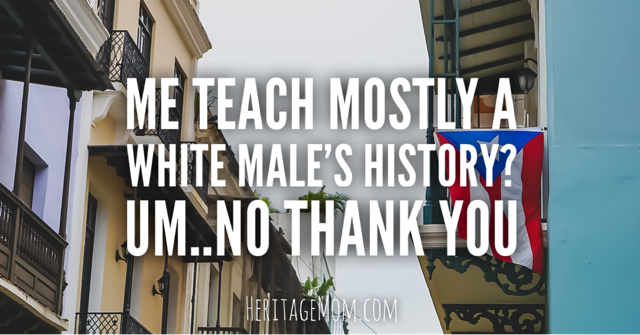
Growing up, I often felt invisible. Let me clarify that I did not feel invisible at home. On the contrary, I was the youngest of 3 children and the only girl. I was the daughter my parents had prayed for and as their favorite, I brought much joy to their hearts. (I had to throw in that last line just for my brothers when they eventually read my blog. #SiblingRivalry)
My invisibility was actually in other areas of my life. It was in the TV shows I watched, the books I read, and the lessons I was taught in school. All the main characters were either Caucasian or African-American, rarely Latinos or Latinos portrayed in a positive light. I’m very grateful to my father, who I often refer to as my Puerto Rican Studies professor, because he taught me about our history, our people, our literature as well as our music and art. But once I walked outside, it was like his teachings were a myth, discounted and nonexistent past the walls of our home.
Yes, I’m American, born and raised in this country. Technically, my parents are also American since Puerto Rico is a commonwealth of the United States. However, culturally there are many obvious differences so as a “second generation American”, I possess a family origin not of here, which wasn’t celebrated or talked about anywhere else but in my home.
By the time I was in college minoring in English, I was presented with a feast of classic American and British literature; yet I was left starving.
My spirit was hungry for more, more of me, more of the beauty denied to me by a one-sided history.
Then the opportunity came to select a couple of English courses of my own choosing. I was excited to find one class of interest: “Multicultural Ethnic Literature of the United States”. The title peaked my interest but the class itself was life-changing! For once, I was presented with beautiful literature written not only by African-American authors, but by Latino and Asian authors as well.

The actual life changing moment from that course came when I read Judith Ortiz-Cofer’s “The Line of the Sun”. For the first time EVER, I saw my reflection in a book that I had longed to see all my life. It was like reading the story of my origin, and that of my mother’s and my grandmother’s as well. As I devoured this book, my appetite rapidly increased, desiring more of this type of nourishment. Eventually, I read all of Ortiz-Cofer’s books and my love for literature was renewed.
It started me off on a quest to find diverse, quality literature that reflected me, my history and my distinct perspectives on life. I also vowed that my children would NEVER feel invisible the way I did. Times were changing so multicultural children’s literature was becoming more and more available, but I would do my absolute best to select the right ones to fill our home library.
When I became an elementary school teacher, I carefully selected beautiful literature that reflected my beautiful students of color. When I became a mom, the hunt for lovely, multicultural treasures became even more exciting and our library grew as my daughter did.
Then I found Charlotte Mason. I discovered a kindred spirit in Miss Mason and her ideals (which I write about in “She Gave Me a Voice”). She blew me away and with much enthusiasm, I began my CM Education. Sadly, all that enthusiasm came to a halt when I came across some curriculum and their content. There was a lack of diversity across literature, history, poetry, and even picture study.
To my dismay, I began to feel invisible again.
I’m so thankful for my friends, Simone and Mariana, who patiently listened to all my disheartened ramblings, calmed my annoyed sentiments, and answered my many frustrated questions. They both helped me to understand that Charlotte Mason had her methods and as long as I followed those ideals, the choice of living books was totally up to me. All the resources online were only suggestions and I just needed to rely on the Holy Spirit to guide me in preparing the feast that was just right for my family. Their words of comfort and affirmation were like a balm to my spirit.
I went back to Miss Mason’s writings and began to look at them through a different lens, one of hope and expectation. She writes in Home Education:
“Therefore, the selection of their first lesson-books is a matter of grave importance, because it rests with these to give children the idea that knowledge is supremely attractive and that reading is delightful.”
Charlotte Mason (Vol 1, pg 229)
Miss Mason also believed that “an abundant regular supply at short intervals of various knowledge is a constitutional necessity” (Vol 6) for all children, from the youngest to the oldest.
The feast we offer our children should be one of diversity. Diverse not only in subjects and content areas, but the diversity of culture should be present as well. Our country is, and always has been, a hub of diverse people, cultures, religions, and beliefs. It may not have always been addressed or celebrated, but it has always been present.
Miss Mason also addresses the subject of History:
“Once Intellect admits us into the realms of History, we live in a great and stirring world, full of entertainment and sometimes of regret; and at last we begin to understand that we, too, are making History, and that we are all part of the whole.”
Charlotte Mason (Vol 4)
Yet again, I hear affirmation in Miss Mason’s words. WE, TOO, are making history. WE, TOO, are part of the whole. As we learn the history of our country, let it be a complete history, inclusive of our own heritage as well as the heritage of other groups within our country.
Furthermore, this beauty of a varied knowledge should not be put up on a shelf to collect dust, waiting to be read for high school studies. As Miss Mason expresses above, the selection of their first lesson-books is pivotal in making knowledge enticing to our children. For me, our living book selections for our students should be inclusive to reflect ALL of America, even in the early forms. There are many stories out there of unspoken heroes, women who played vital roles in history, along with men and women of color who made significant contributions to society. They deserve to be studied as well. Their works of literature, art and music merit celebration just as much as those highly revered for so long in history.
There is room in a Charlotte Mason education to include the beautiful multicultural, multiethnic history of America
For many, this is a choice. In our home, it is a must. The knowledge I present as attractive must be inclusive and self-reflective for my child of color. Dr. Rudine Sims Bishop, children’s literature scholar and recipient of the Coretta Scott King-Virginia Hamilton Award for Lifetime Achievement, said it best:
“Literature transforms human experience and reflects it back to us, and in that reflection we can see our own lives and experiences as part of a larger human experience. Reading, then, becomes a means of self-affirmation, and readers often seek their mirrors in books.”
Dr. Rudine Sims Bishop
As confident as I was growing up in a loving home where I learned who I was in Christ and who I was culturally, I was still seeking affirmation in my education. (I’ve included a poem below that I started writing almost 20 years ago which reflects my journey titled “Invisible No More”.) In my daughter’s quest for knowledge, I will always be intentional in providing a full and varied feast where she will not have to wait until adulthood to see her own reflection in any area of her education. I see the fruit of it already. At only 10 years old, she is self-affirmed and confident in who she is. I can attribute much of that to the diverse feast of living books she has grown up reading.
So as a new Charlotte Mason mom, I have gone crazy building our living library (and my husband can attest to me using the word “crazy”).
Oh, but what joy it has brought my heart to create a living library that’s reflective of God’s diverse and unique beauty!
It’s a library I dreamed of as a child and God has made it a reality for my daughter. He truly is faithful in all things.
In Part 2 of this “We, Too Are Making History” Series, I share a simple approach you can use to diversify your history lessons.
So much more can be written on this topic, but I’ll end here for now. However, for those who are interested in more information and even recommendations of multicultural, living literature, I’ve added a “MULTICULTURAL BOOK OF THE MONTH” and an “Ongoing List of Multicultural History Books” to my blog.
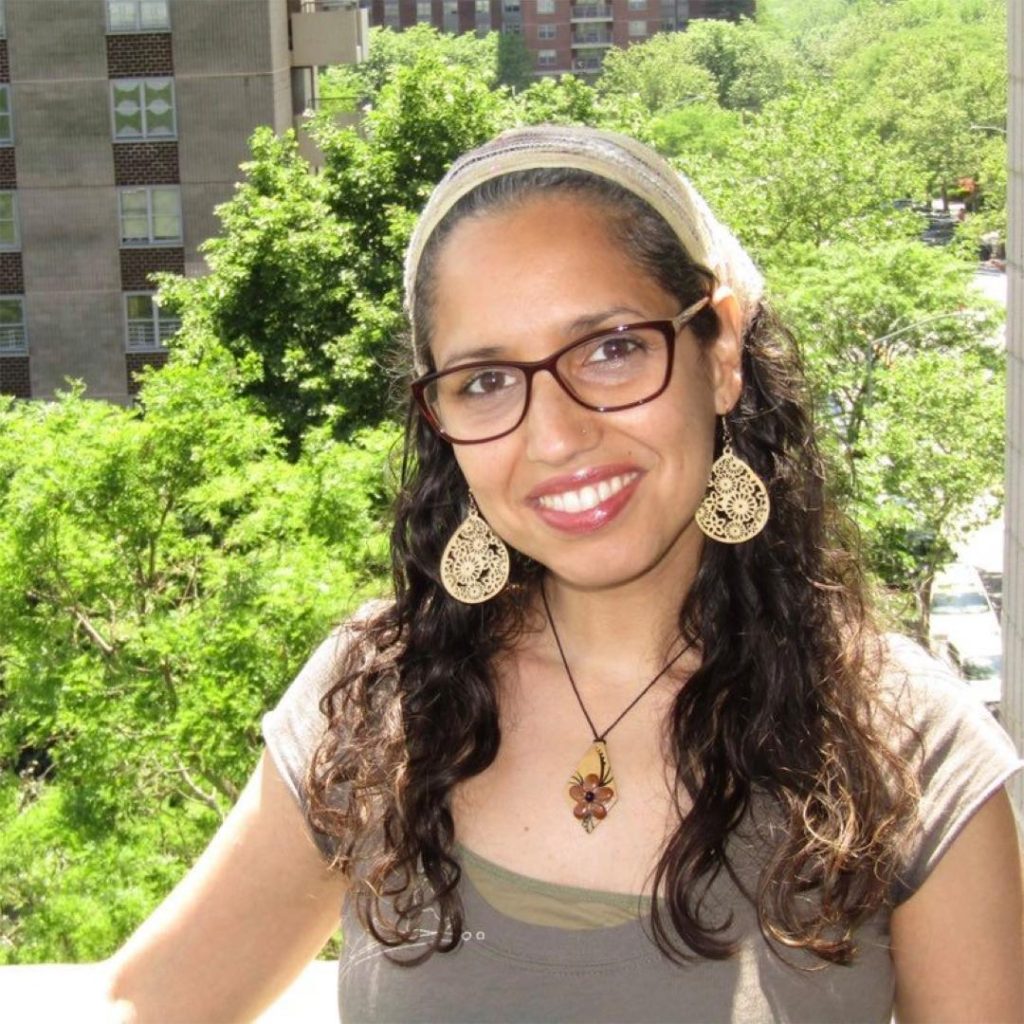
Erika Alicea is a former public school teacher turned homeschooling mama to one amazing girl. Born, raised and still living in NYC, Erika helps her husband, Efrain, pastor an urban church plant in the South Bronx.
When Erika was first introduced to Miss Mason’s educational philosophy through God-sent friends, it was an answer to many of her prayers. As she began to learn about all the beauty a Charlotte Mason (CM) education has to offer, Erika needed to be creative in implementing CM methods in the context of city life and as a family of color.
Erika is a firm believer in a multicultural education for all children through the use of diverse, living books. She uses her website Charlotte Mason City Living as a resource to help parents diversify their instruction and as an encouragement to all families, especially for those who feel Miss Mason’s philosophy may not be inclusive enough or even possible for multicultural and urban families.
You can catch up with us on Instagram at @heritagemomblog (Amber) and @cmcityliving (Erika). See you there!
And if you enjoyed this post, be sure to check out Seasons in the Life of a Charlotte Mason Homeschool Mom, a guest post by Cuban homeschool mom, Betty Dickerson.
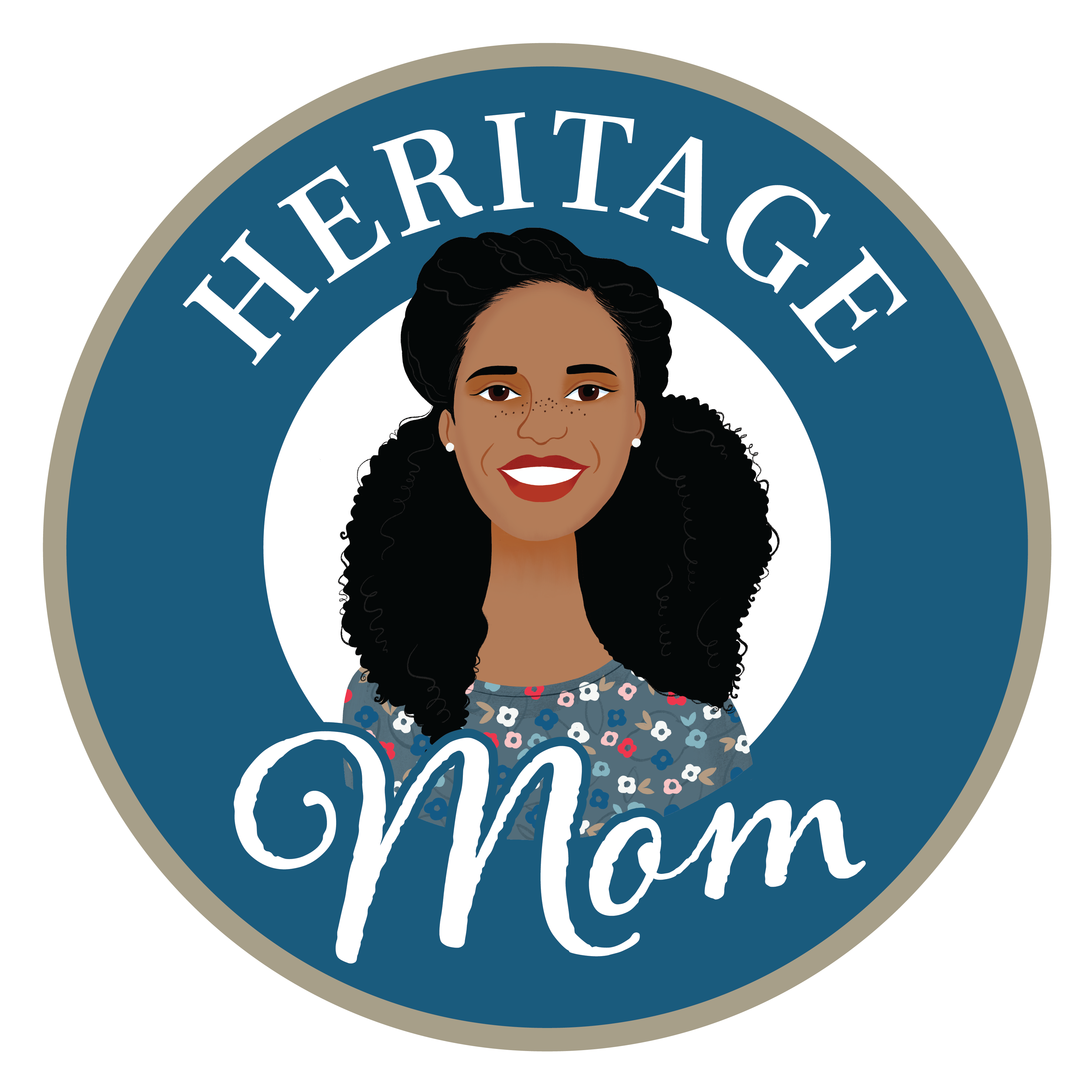

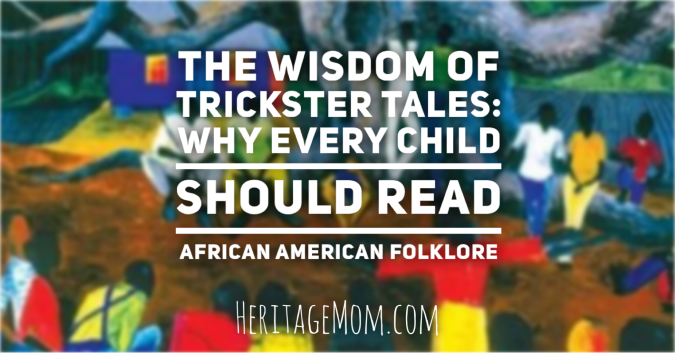
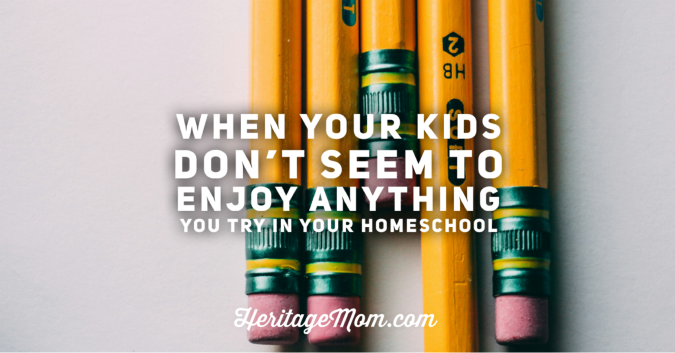
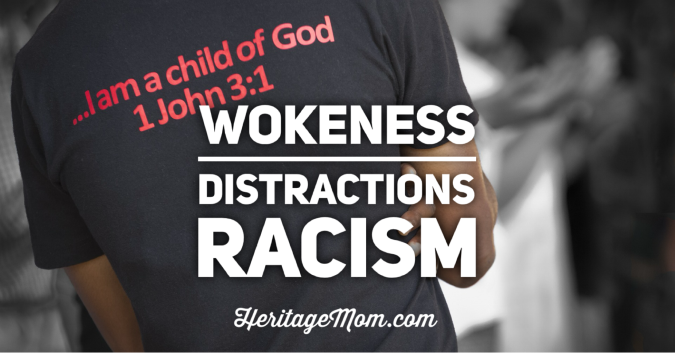
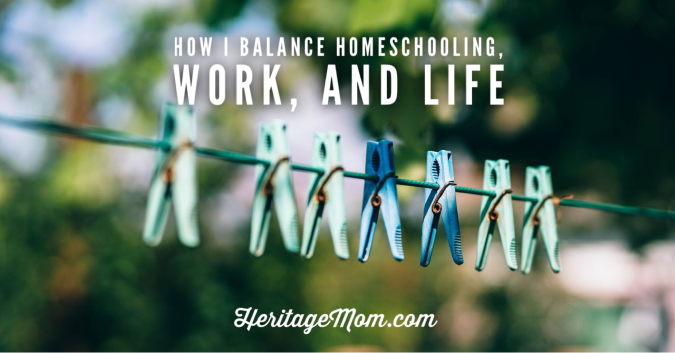
Thanks for sharing your heart, Erika! The work you are doing is leaving lasting impressions in so many families. God bless!
Thank you , Amanda, for your words of encouragement. They mean so much to me!
Thank you to both of you amazing women for your heart and for using your platform to help bridge the gap for POC in homeschooling. I am a new homeschooling mom trying to navigate ‘all things’ homeschooling. As a first gen Mexican-American, I am encouraged by your work and dedication to tackle the lack of representation for minorities/POC within the homeschooling world as it pertains to resources, texts, curricula, etc. My kids are young but, the challenge of teaching world history has left me so discouraged for the same reasons you both share so eloquently on your platform. Do you have trusted history texts or curricula that you would recommend? Also, I love that you have Latino representation on here with PR and Cuba. Do you know of any Mexican-American HS moms doing similar work as both of you on IG? I have yet to find one! I recently found Erika and now you amd am beyond thrilled to have come across your accounts. Thank you and keep up the amazing work!
Hi Karla! Welcome to homeschooling, and thank you for sharing your thoughts here. I really appreciate it. I think we both pull resources from a variety of places. I rely a lot on picture books, historical fiction novels, shorter historical books, and biographies for my history lessons rather than a single history text. If your children are young, I think you could take much of the same approach. You can read some things and do some activities from a book like this: https://www.amazon.com/Kids-Guide-Latino-History-Activities-ebook/dp/B005HF4306 (It looks like only the Kindle version is affordable), and read picture books from lists like these along with traditional favorites or those recommended on most homeschool lists:
https://www.readbrightly.com/books-that-introduce-mexican-culture-history-to-kids/
https://diversebookfinder.org/setting/mexico/
https://diversebookfinder.org/setting/mexico/
Grab a great Mexican cookbook (or use your family’s favorite recipes) for some fun time in the kitchen and share Mexican folktales and poetry with your children while you enjoy what you’ve cooked: https://www.amazon.com/s?k=mexican+folktales&ref=nb_sb_noss_1
These are just examples, but basically you can use almost any curriculum you’re interested in as a base (not literally ANY but probably many of the ones that you’re considering) and remove some of what they have planned for the year, and incorporate your own culture and heritage throughout the lessons using great books to help you. You also can build your own curriculum by pulling from here or there if you prefer. That may be more difficult at first because all of the choices can be overwhelming, but in many ways, you may feel more satisfied with the end result.
I better stop talking now because I’ve written so much. I’m getting excited over here…for YOU!
Amber, thank you for highlighting my post on your blog! It was so encouraging and very humbling!
I’m so grateful to the Lord for finding each other and linking arms to help share a rich and diverse feast with other mamas. As we Puerto Ricans say, Pa’lante!
Yes, I remember when we first “met” here in the comments, and now we’re like for real, for real friends, lol. I love it, and I’m looking forward to doing “all the things” with you.
Exaaaaaaactly!!!! THIS! I’ve definitely backed off all CM curricula because the overwhelming worship of white dominance breaks my heart and I refuse to teach it to our children. I have some things to consider now…
Isn’t Erika’s approach eye-opening? The beauty of a Charlotte Mason education is that you can make it your own. There is a way of doing things, but there is no one-size-fits-all booklist. I just love that!
I’m so glad I found this website! I am struggling to find a basic American history spine for my 1st grader. What would you suggest? Or should I just pick anything and tuck in subjects/people I wish to focus on here and there? It seems like there isn’t anything good out there right now.
Hi Mindy! I’ve also never found a spine that I love. For that age, we focus on picture books covering a variety of great men and women, fairy tales and folk tales, and Native American history. We look at Native American history overall, but we really focus in on the tribe that was most prevalent in our area. In other words, I haven’t used a spine for 1st grade. I hope that helps!